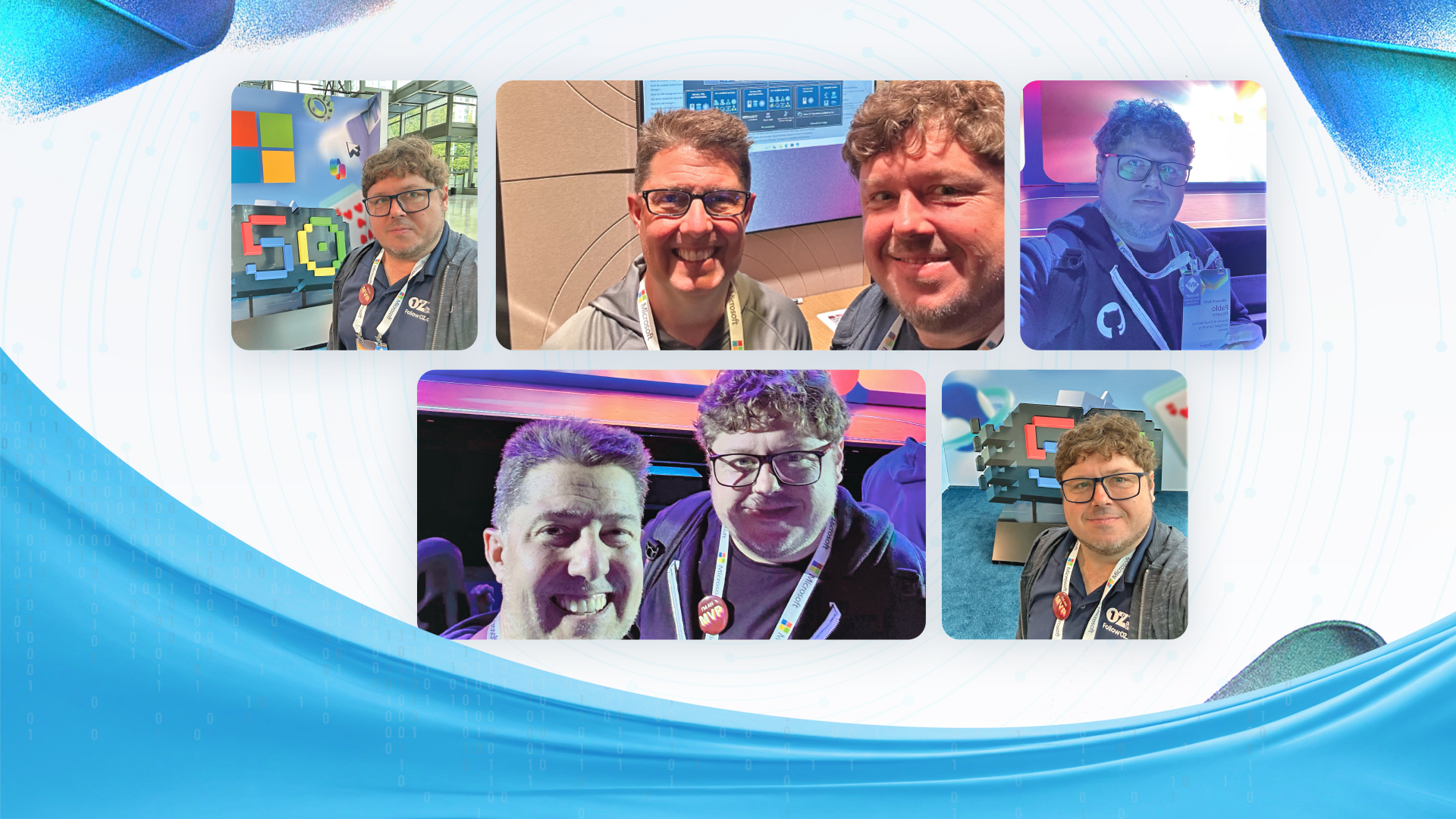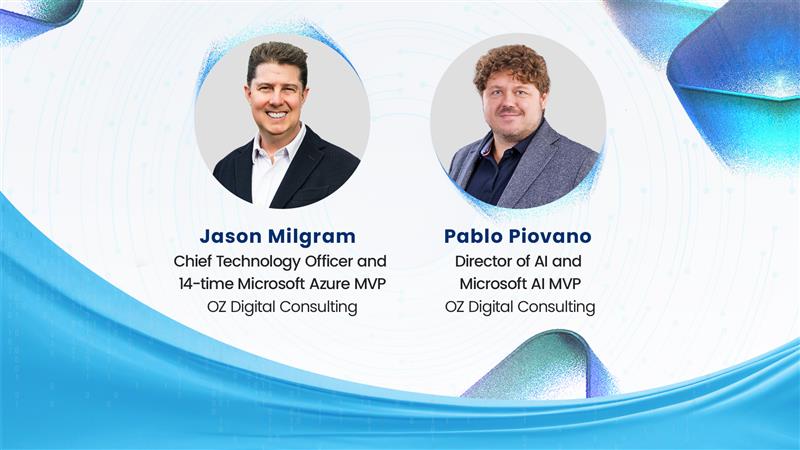Automation has always existed. Humans have been inventing and refining tools to take the work out of their workloads for centuries. The early Mayans automated water transportation via aqueducts; Henry Ford invented the Model T, the moving assembly line, to replace the mechanical assembly line; in the 1780s, Oliver Evans designed a type of automated flour mill to move wheat from the ground to the top of the mill.
In the last five decades, various industries, from manufacturing to travel & hospitality, retail, insurance, and healthcare, have been automating too. There’s no industry today that hasn’t been touched by Robotic Process Automation (RPA). Businesses are using Azure-powered RPA solutions for several processes from invoice to leave and claims processing, scheduling and billing to creating service tickets, automatic credit approval, and automated email promotions… the list is endless.
So if RPA is doing what we want it to, then why are we turning to artificial intelligence (AI) to make it smarter?
RPA Is Transformative (but It Has Its Challenges)
However, while RPA is incredibly efficient, “it does only what it’s programmed to do. AI on the other hand, learns from experience, adapts, and improves—and can even teach itself,” says Imran Sabir, VP, Automation and EAI. “Even though RPA automates rules-based, repetitive tasks successfully, there are tasks where it gets bogged down with data and analysis,” he says. Non-repetitive tasks still need human intervention with RPA as the technology cannot handle unstructured information.
Limitations of RPA-Based Task-Based Automation:
No doubt, RPA comes with many benefits, allowing companies to streamline operations, improve customer service and ultimately, deliver better customer experiences. But there’s no solution that’s one-hundred-percent perfect and RPA is no exception.
Here are some limitations with RPA:
- A chatbot offers automated responses but cannot recognize or reference the customer’s order history
- A meal kit service that cannot interact with the logistics provider and hence cannot tell you why your box didn’t get delivered
- An automated HR system that operates separately from the company’s employee system
- Handwritten postal change-of-address cards, bank checks, car insurance claims, and many other kinds of handwritten documents cannot be deciphered by RPA alone
- Cloud telephony platforms and other RPA applications.
Most RPA solutions focus on recording how a process works and then automating it. Where there’s a lack of standardization, high variability, inconsistent structure and documentation, RPA bots struggle to make sense and take appropriate action. Or, if there’s an exception in a process — as there often is — with RPA, you risk solving the problem by putting a bot between the customer and the person who will resolve it.
While task-based automation can help with routine tasks, it lacks context and cognitive sophistication that businesses need to truly serve their customers better.
Here’s where AI can help.
RPA + AI: A Perfect Match
When you augment RPA bots with AI capabilities (Natural Language Processing, machine learning (ML), intelligent OCR, and deep learning), you can solve each of the challenges mentioned above. AI capabilities expand the scope of tasks that you can automate. With AI, the RPA bots can mimic a wide range of human decision-making and problem-solving — such as judgment and sensing emotion — once considered impossible to automate.
The rise of Intelligent Automation (IA) or the use of AI and machine learning in conjunction with RPA, has helped businesses move beyond basic robotics to intelligent interactions. Adding AI to basic automation processes not only changes the speed at which work gets done but changes the scale at which work gets managed. Unlike RPA, intelligent automation can automate all processes, including non-repetitive tasks, which previously were unthinkable without human intervention.

Intelligent Automation Brings the Smarts to Task-Based Automation
Azure-powered intelligent automation can take on many forms:
- It can be as simple as a spam filter or as complex as an algorithm that autonomously drives your car.
- It allows robots to accurately determine the results of advanced, unpredictable equations. Like valuing a property, assessing the risk of a loan default, and forecasting inventory.
- It automates processes that have too many variables. For example, you can match resumes against job postings despite differences in skillsets and experiences of job applicants.
- It can automatically process unstructured information at scale. Powered by the Azure AI platform, the robots can learn to recognize patterns in unstructured documents, then accurately process the data.
But whatever the case, intelligent automation is a game-changer for business and the future of efficiency.
Scope of Intelligent Automation
- AI-driven processes can scan millions of documents in a fraction of the time a human can.
• Operational processes using AI — instance-specific or aggregated into intelligent systems — bring “smarts” to the automated activities and are inexhaustible.
• AI allows robots to accurately determine the results of advanced, unpredictable equations. Like valuing a property, assessing the risk of a loan default, and forecasting inventory
• When speaking to a customer, with the help of AI, a customer service agent can access all the customer conversations across 30+ social channels in real time and better serve the customer.
• By automating everything in your organization that can be automated with AI, machine learning, and RPA, you can achieve hyperautomation — and the highest levels of efficiency and productivity.
How to Move from Task Automation to Intelligent Automation
When RPA bots and AI insights come together— your business transforms, productivity skyrockets, and outcomes improve. According to Forbes, “Intelligent Automation typically results in cost savings of 40 percent to 75 percent, with the payback ranging from several months to several years.” Cognitive automation, while more difficult to integrate into a company, also takes the most time to translate into real savings. However, it provides the biggest payback with insights and continuous improvement as the software continuously learns and improves.
An end-to-end automation platform such as Microsoft Power Platform also helps a company scale faster and get products to market quickly by accelerating production, testing, and reiteration. Intelligent automation complements human intelligence, empowering companies to make better, more informed decisions based on data analyzed by automation systems. We can all agree that
a new wave of automation is upon us. And while only time will reveal the winners and laggards, organizations that invest in intelligent automation today will be well-positioned to succeed in the future.
Where Do You Begin?
Before you set out to automate any business process with (or without AI), we suggest you take advantage of our free automation-maturity assessment to get a complete and unbiased overview of whether you need automation, and what processes might be ripe for automation. Plus, if your business is ready for it. We bring over 25 years of Microsoft technology consulting experience, delivering process automation, integration, and intelligent automation solutions to clients in insurance, travel and hospitality, and healthcare. Our Azure automation experts will guide you in choosing the best solution tailored to your business needs.
Explore More Resources to Learn About Azure-Powered Intelligent Automation:
- READ CASE STUDY: Amerigroup Achieves 100% Claims Accuracy with Intelligent Automated Queuing
- WATCH WEBINAR: Creating an Automation Roadmap and Strategy
- READ BLOG: 4 Hard Facts About Microsoft Power Platform
- READ BLOG: What People Get Wrong About Hyperautomation
If you want a more in-depth look into intelligent automation, download our e-book on the topic.





